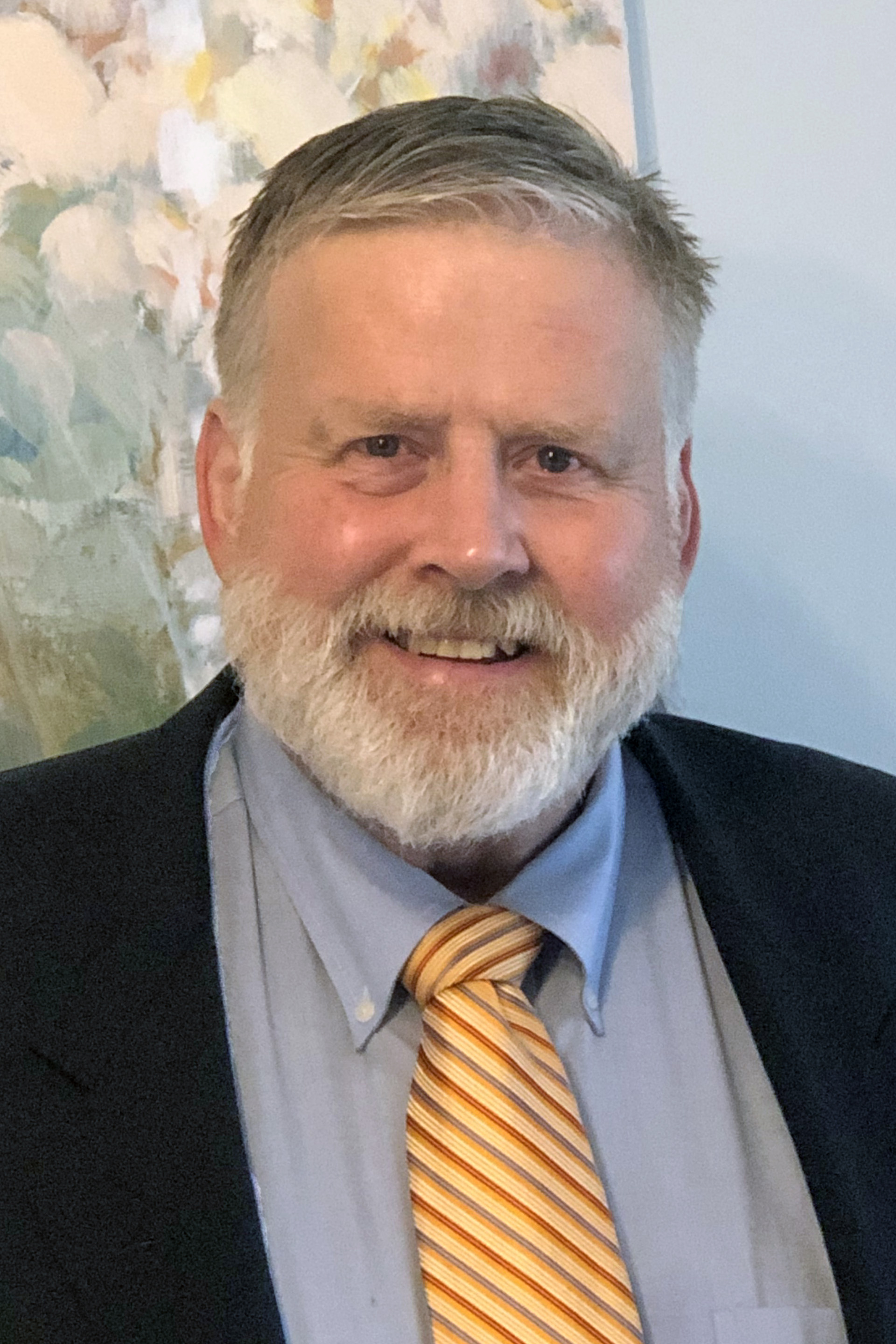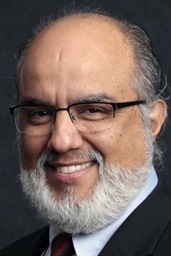Key points:
- The biggest step The United Methodist Church could take to reduce its carbon footprint would be to address its vast amounts of underused property.
- For the environment, underused United Methodist Church buildings are a growing disaster, and churches and conferences should be assessing their impacts.
- The church is largely organized on a 19th-century model for mission, and it must face up to its own role in the environmental crisis.

Photo courtesy Thomas Frank.

Photo by Valerie Smallwood.
Commentaries
The recent report by 12 United Methodist Church agencies and commissions, “Our Climate Commitment to Net-Zero Emissions,” fails to identify the most significant action that The United Methodist Church could take to reduce its carbon footprint: to rehabilitate, reuse or redevelop vast amounts of underutilized church real estate and repurpose it for productive community service.
The report’s stated intent is to set a goal of just and equitable net-zero carbon emissions by 2050, a laudable if not essential goal for the entire connection. It puts the general agencies and commissions forward as leaders in this aspiration and names primary avenues for action. But it does not address the vast numbers of local church buildings that sit largely empty or lack the resources for retrofitting facilities to reduce carbon emissions.
We estimate that approximately 15,000 to 20,000 United Methodist houses of worship and related structures fall into this category. Dozens are closed in every annual conference season, and many end up on the real estate market.
Even before the COVID-19 pandemic, U.S. houses of worship of all religions and denominations were sputtering: decreased attendance, increased property costs and vastly improved technology that invites members and the general public to participate in services online rather than gathering in physical community — all factors that gnaw away at the resilience of congregations.
Then the pandemic hit, accelerating the pace of church members becoming inactive and property falling into disuse. Now the disaffiliation of congregations, many joining the Global Methodist Church, is yet another huge distraction from pressing issues. While actual disaffiliations remain minimal relative to the total number of United Methodist local churches, the controversy pulls attention away from significant challenges that have little to do with ideology and everything to do with the mission of United Methodist congregations.
Disaffiliation will not necessarily pave the way for a local church to avoid current trends in religious life. The mismatch between small, aging congregations and oversized, overly costly, underused, undermaintained real estate — not only sanctuaries, but also education buildings, parsonages and parking lots — looms as a financial and environmental crisis, regardless of affiliation.
Another major consequence of shrinking or disaffiliating local churches is that annual conferences and general agencies, dependent upon the financial support provided by apportioned funds, will suffer even sharper drops in operating revenue. Conferences and agencies will have to downsize their staffs, reducing their need for space. United Methodist districts, for example, are constantly being reorganized and consolidated to reduce costs in many annual conferences.
Failing to acknowledge and rectify the mismatch between church property supply and demand is a poor real-estate strategy, if one can call it a strategy. But for the environment — our land, water, air and climate — United Methodist Church buildings are a growing disaster.
Every local church, district and annual conference should be assessing its overall carbon footprint to determine how justifiable it is. The more that church property can be turned from sluggish church use to vital mixed use for worship, education, housing, cultural centers, social entrepreneurship hubs and the like, the better for their surrounding communities and the environment.
We need new models for houses of worship. We need to reimagine their use. Single use is out; mixed use is in. Sidewalk-deadening walls, locked doors and fences are out; enlivened and enlivening uses are in, including pocket parks and gardens. Empty voids with vast parking lots that are used one or two days a week are out; dense development used 24/7 is in. We urgently need new configurations that faith institutions can model and experiment with.
Just as boards, agencies and annual conferences endeavor to lead churches in areas of worship, education and mission, they must now aspire to show the way in the field of real estate. How? With research, education, financial resources, pilot projects and leadership.
Billions in assets, millions in energy costs and huge amounts of natural resources hang in the balance. The current Book of Discipline that guides church policies is in desperate need of revision for our day. It is a rich and irreplaceable document that ties The United Methodist Church with its heritage and its historic mission. But it is overburdened with perspectives from the thriving growth years of the 19th and early 20th centuries.
The denomination remains fundamentally organized for its 19th-century mission, with more than 30,000 properties scattered across 95% of the counties in the U.S. The mission continues to be branded with “making disciples” but does not explicitly address what “discipleship” means for the human use and misuse of the earth and its resources. The United Methodist Church has to face up to how much a part of this environmental crisis we are.
The interagency team undoubtedly will recommend using electric vehicles, scooters and bicycles; installing solar panels, better insulation and double-pane windows; choosing smarter means of travel to meetings and assemblies; and sourcing farm-to-table foodstuffs — all positive actions to be sure. But such initiatives must be part of a larger strategy that embraces boards, agencies, annual conferences, congregations — indeed all United Methodist Church facilities.
We are stewards of these buildings and stewards of the natural resources required to operate them. We must reduce their imprint on the earth. It is long past time to take up this challenge.
Frank is University Professor Emeritus of Wake Forest University and author of Historic Houses of Worship in Peril: Conserving Their Place in American Life (Library Partners Press 2020). Reinhard is principal of Niagara Consulting Group and associate of The Lakelands Institute, both in Montgomery County, Maryland. He worked 30-plus years in economic development and public management and five years for The United Methodist Church, and he was a Loeb Fellow in Advanced Environmental Studies at the Harvard University Graduate School of Design.
News contact: Joey Butler or Tim Tanton at (615) 742-5470 or newsdesk@umcom.org. To read more United Methodist news, subscribe to the free Daily or Friday (weekly) Digests.



